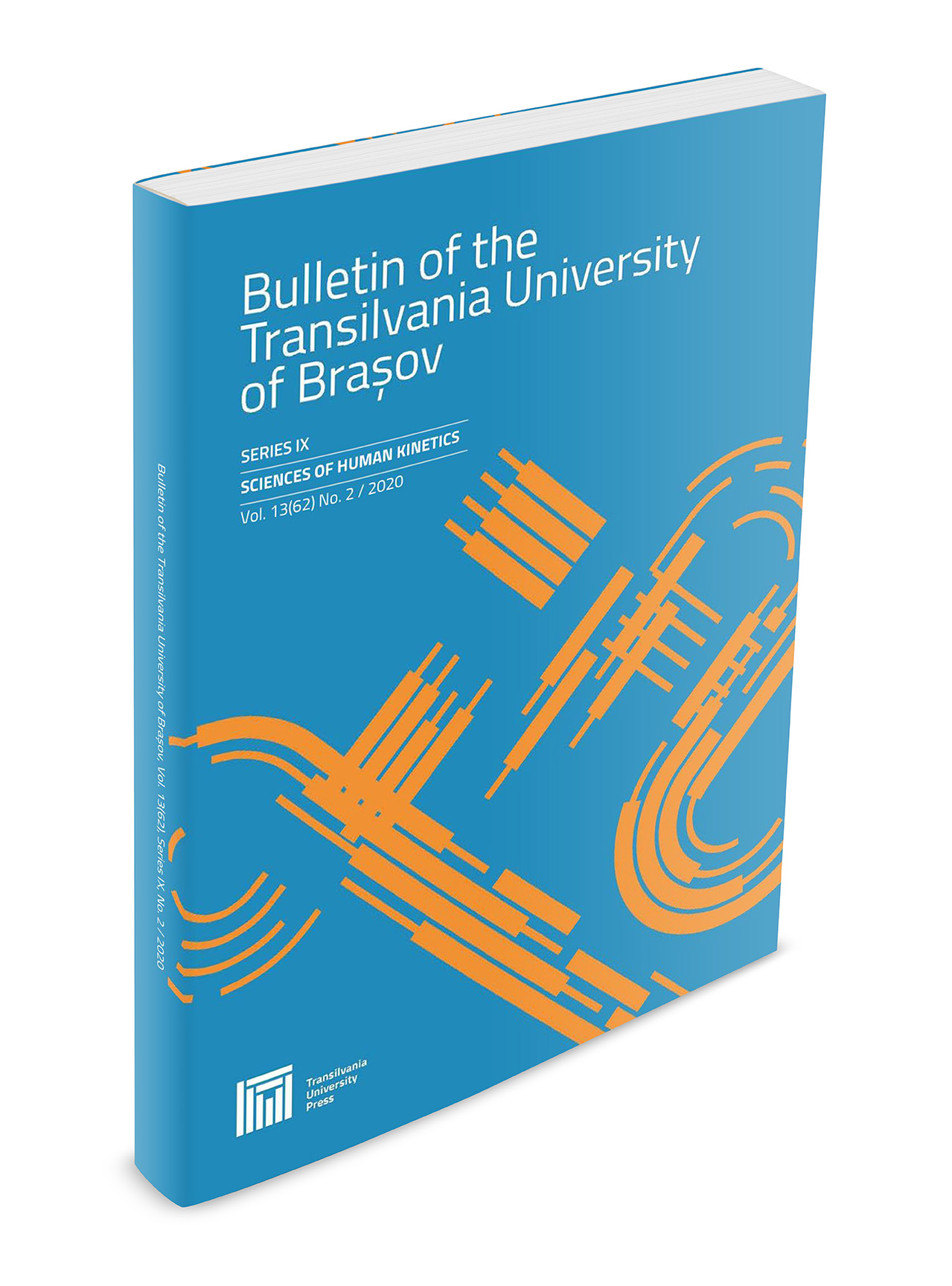High-frequency Exercise Benefits Executive Function in Individuals with Parkinson’s Disease
Keywords:
Parkinson’s disease, exercise frequency, executive functionAbstract
The purpose of the present study was to identify the effects of different frequencies of chronic exercise training on aspects of executive function, specifically cognitive flexibility and working memory in individuals with Parkinson’s disease (PD). Forty-three participants (Mage = 68.5 (SD = 11.3), 26 males), with idiopathic PD, completed a category-switching task and an N-back task at baseline and after 12 weeks of multimodal exercise training. The participants were divided into two training frequency groups: high-frequency: 4–5 times each week (N = 23) and low–frequency: 3 times or less each week (N = 20). Both frequency groups improved in executive function, showing improved global switch-cost accuracy (F (1, 41) =5.08, p<.05, ɳp2=0.11) and N-back accuracy (F (1, 41) =17.37, p<.001, ɳp2=0.29). The high-frequency group displayed significantly greater reductions in global switch costs (F (1, 41)=5.53, p<.05., ɳp2=0.09), and working memory response time (F(1,41)=14.96, p<.001, ɳp2=0.26), than the low-frequency group. A high-frequency, multimodal exercise program involving aerobic, strength, and flexibility exercises may preserve executive functioning in PD.
Downloads
Published
Issue
Section
License
Copyright (c) 2015 Bulletin of the Transilvania University of Braşov. Series IX: Sciences of Human Kinetics

This work is licensed under a Creative Commons Attribution 4.0 International License.





